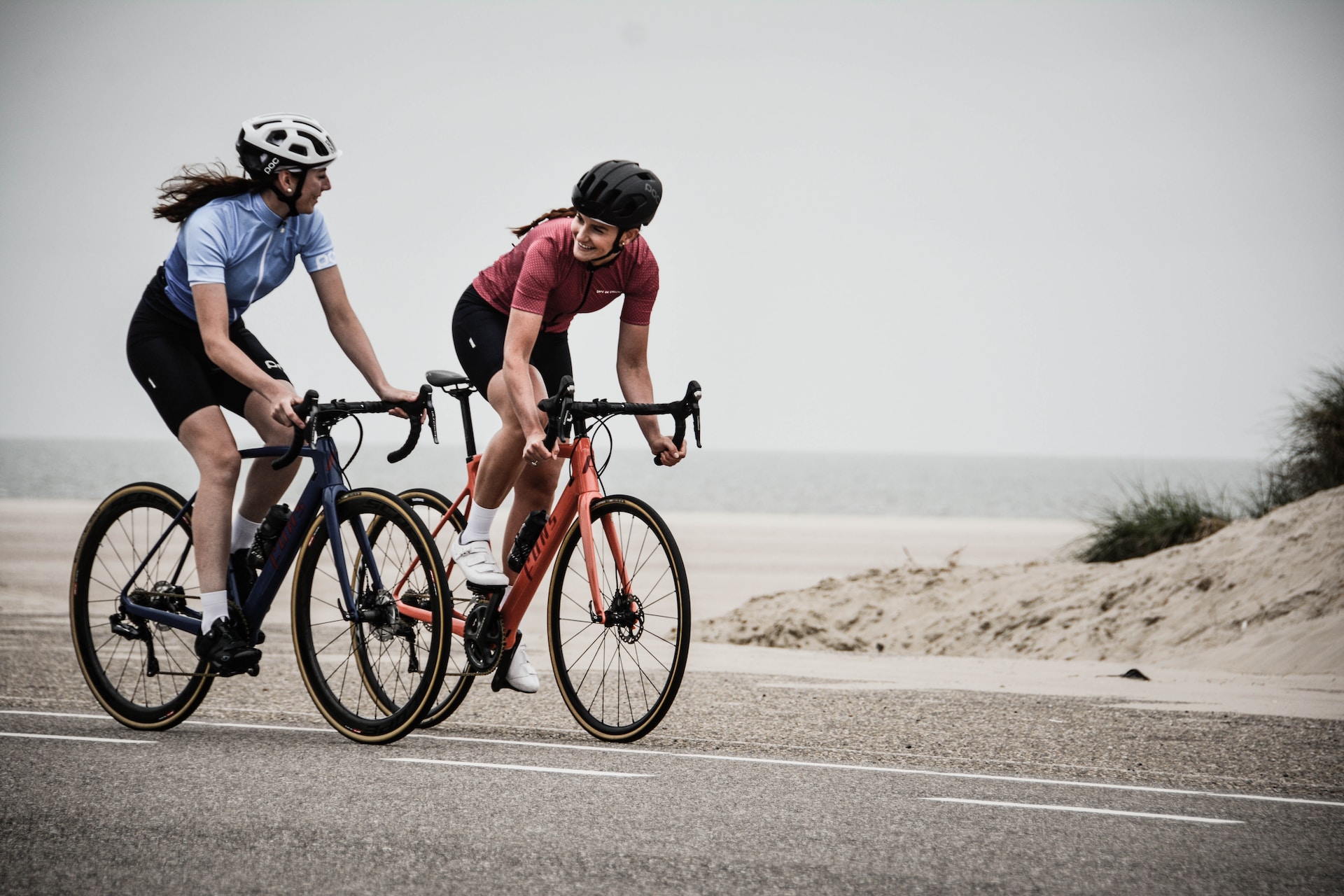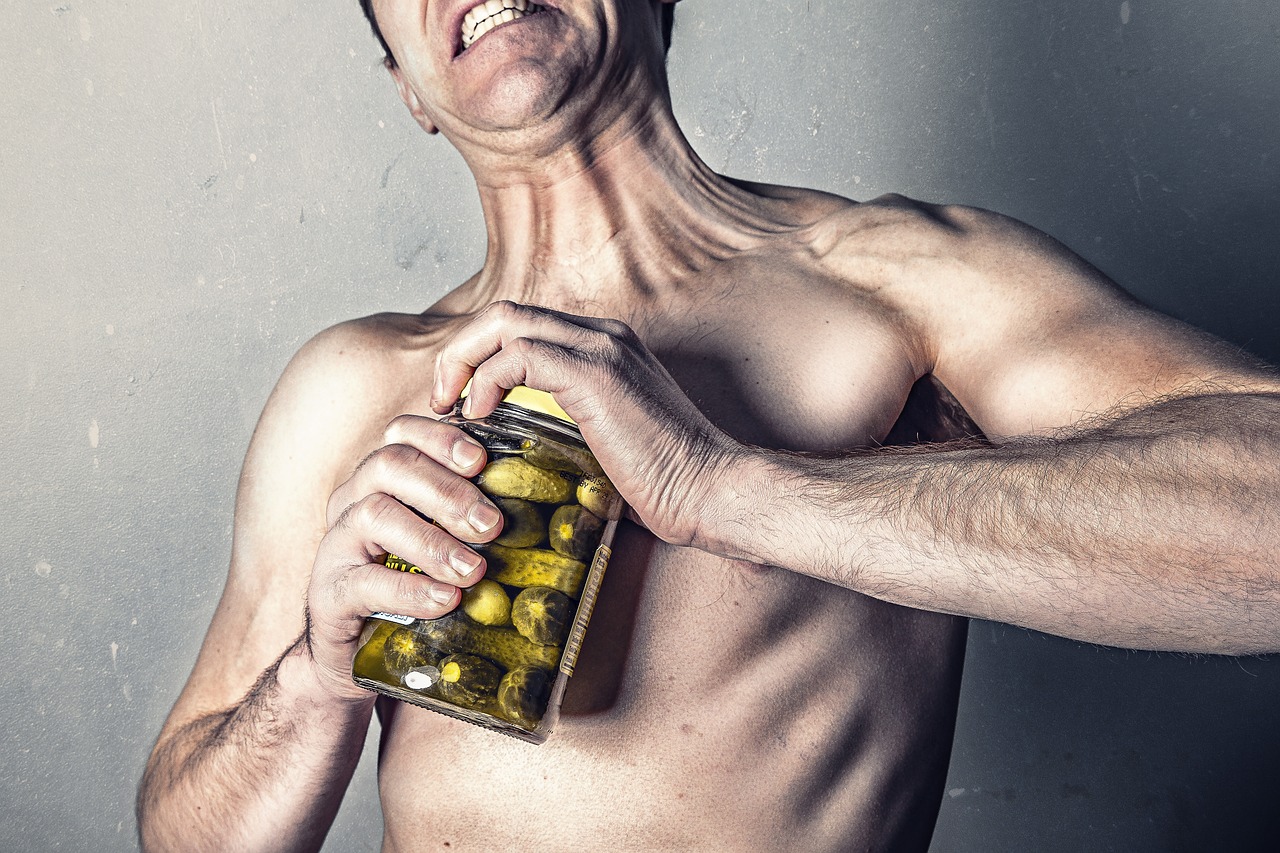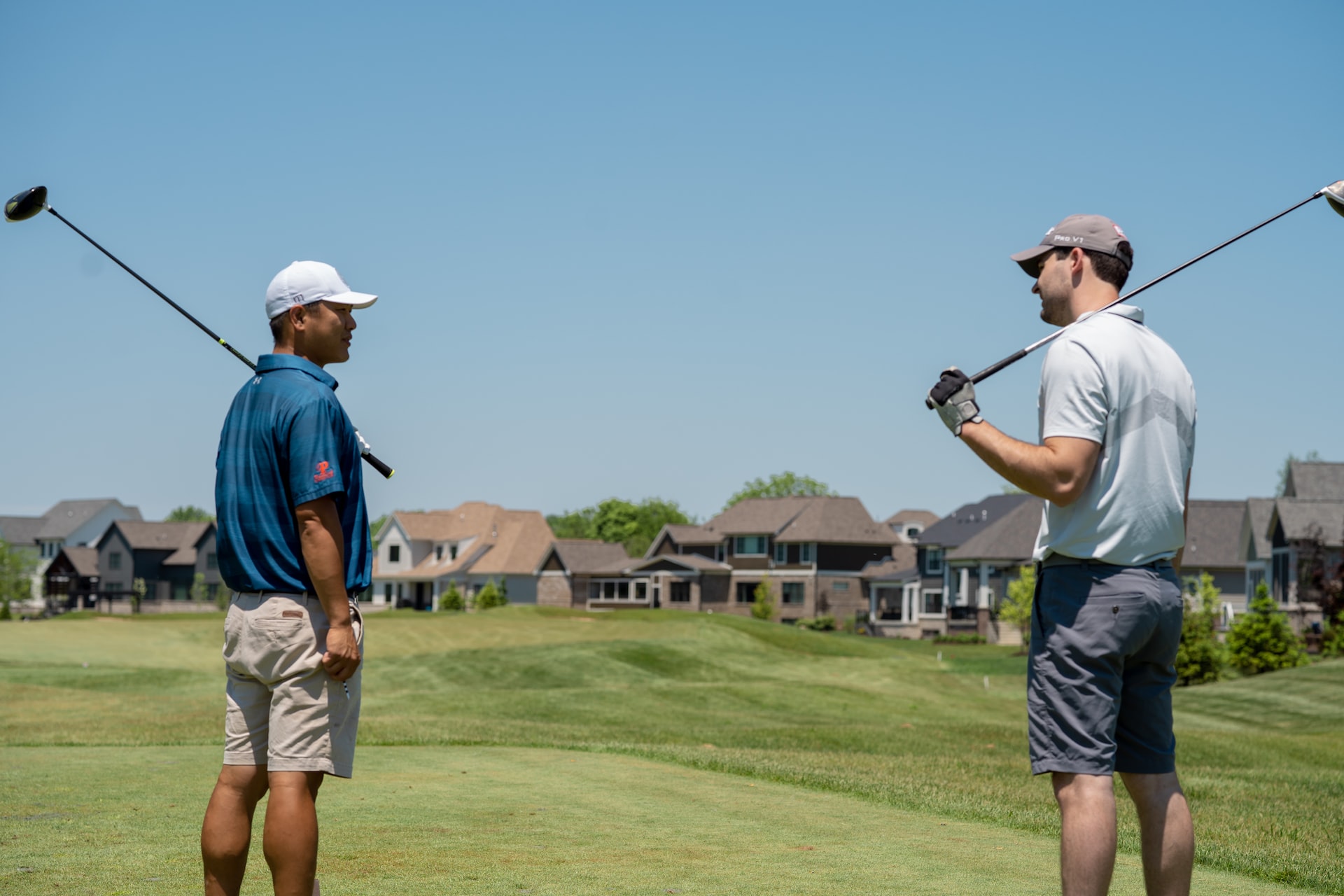On the internet, you can find all kinds of articles and tips on healthy eating, what you should eat when exercising or when you want to improve your body shape. But do you have time to read it all before a spontaneously planned weekend bike ride? How do you know what to eat so you don’t run out of energy while pedaling? We recommend that you take a cue from us and follow a few simple principles that will make cycling a real pleasure. Let’s begin.
Pre-ride carbohydrates and supplements
Carbohydrates are our body’s “fuel”, so before you set off on a journey or a longer bike ride, eat foods rich in these nutrients. The amount of carbohydrate you need depends on the duration of the exercise. When preparing for an endurance race or other longer ride, carbohydrate intake should be increased at least a few days before the start of the ride to build up sufficient carbohydrate stores in the liver and muscles.
What are the best foods to consume? You can choose bread and baked goods, pasta, rice, potatoes, dried fruit, more carbohydrate-rich drinks and less fatty foods. If you do not tolerate foods high in carbohydrates and dietary fibre (e.g., whole grain products, large amounts of vegetables), it is advisable to consume, for example, white wheat bread, plain oatmeal or porridge, and chopped or sliced fruit.
Of course, these are only recommendations, and carbohydrate-rich foods can be chosen according to taste. Alternatively, solid carbohydrate foods can be replaced by liquid foods (e.g. yoghurts, milk drinks, fruit juices). It is recommended to eat 6 meals a day and to avoid a gap of more than 3 hours between meals.
Various studies suggest that active cycling should result in a carbohydrate intake of around 30-60 grams per hour. However, when calculating this amount, the type of carbohydrate should be taken into account: if it is glucose alone, the maximum is 60 grams; if it is a mixture (glucose and fructose), it could be 90-120 grams.
As for supplements, we personally would recommend ligandrol, also known as LGD-4033 for both beginner and advanced cyclists.
Ligandrol benefits include:
- Improving protein synthesis, leading to increased muscle mass and power output.
- Aiding in faster recovery after intense cycling sessions, reducing fatigue and muscle soreness.
- Contributing to improved endurance and stamina, allowing cyclists to perform at higher intensities for longer durations.
- Helping in preserving lean muscle mass while promoting fat loss, contributing to a better body composition for cyclists.
Avoid spicy, fatty foods and things you don’t normally eat
If you plan to cycle for more than half an hour, avoid very spicy, fatty, salty foods beforehand. Such foods make digestion more difficult and can even cause gastrointestinal problems. It is best to choose foods that are easily digestible and familiar to you. Alcohol should also be avoided.
Have a snack while you cycle
Pack dried fruit, nuts, energy bars, bananas, etc. in your rucksack when you hit the road. Remember to eat before you feel hungry and drink before you feel thirsty. You can snack on the go or at a rest stop. However, remember that safety is paramount, so assess traffic conditions before pulling a packet of dried fruit out of your pocket and stop for a moment if necessary.




